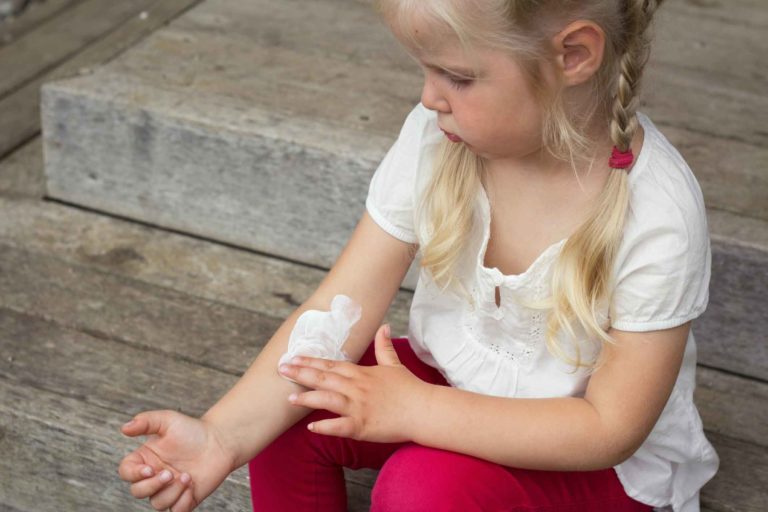A staph infection is an infection caused by bacteria (staphylococcus) that lives naturally on our skin surfaces.
Mostly, the bacteria live on our skin and are harmless. The problem arises when the skin is broken or cracked. When that happens, the bacteria can enter the wound and can cause an infection to occur.
Signs and Symptoms of Staph Infections:
Staph infections can show up in different ways. Here are the six most common conditions caused by staph bacteria.
- Boils. A boil is a pocket of pus that develops in a hair follicle or oi glans. The skin around a boil is usually red and/or swollen.
- Impetigo. Impetigo is a painful, contagious rash that sometimes forms around the lips or chin. It appears as oozing blisters that cause drainage, and honey-colored crust will then form.
- Stye. A stye is a red, warm, sometimes painful lump around the eye or near the eyelid.
- Cellulitis. Cellulitis is an infection in the deep layers of the skin. It often appears as a red and swollen area on your skin. The area may spread and sometimes is accompanied by a fever and pain.
- MRSA. Also known as Methicillin-resistant staphylococcus aureus, MRSA is a staph bacterium resistant to antibiotics normally used to treat staph infections. This makes this infection harder to treat, but it will usually heal with good care.
- Scalded Skin Syndrome. This most often occurs in newborns and children under five years of age. Most children will make a full recovery if treated properly.
Are Staph Infections Contagious?
Staph infections can be contagious. They spread by touching a shared, contaminated surface or person-to-person, especially in a group living situation or by sharing towels, bed linens, or clothing. A staph infection can also spread from one area of the body to another.
How to Treat a Staph Infection
Most staph infections can be treated at home by doing the following as soon as you notice a symptom:
- Soak the area with warm water and apply a warm compress for up to 20 minutes at a time, 3-4 times a day. I
- Your doctor may recommend an antibiotic cream. If so, apply and cover with a clean dressing or band-aid.
- Pain relievers can be used.
When to Call the Doctor
Please consult your doctor if multiple people in the home have infections, or if they seem to be spreading. Likewise, if a minor infection gets worse or your child develops a fever, call a doctor.
The information and content on our website should not be used as a substitute for medical treatment or advice from your doctor.





